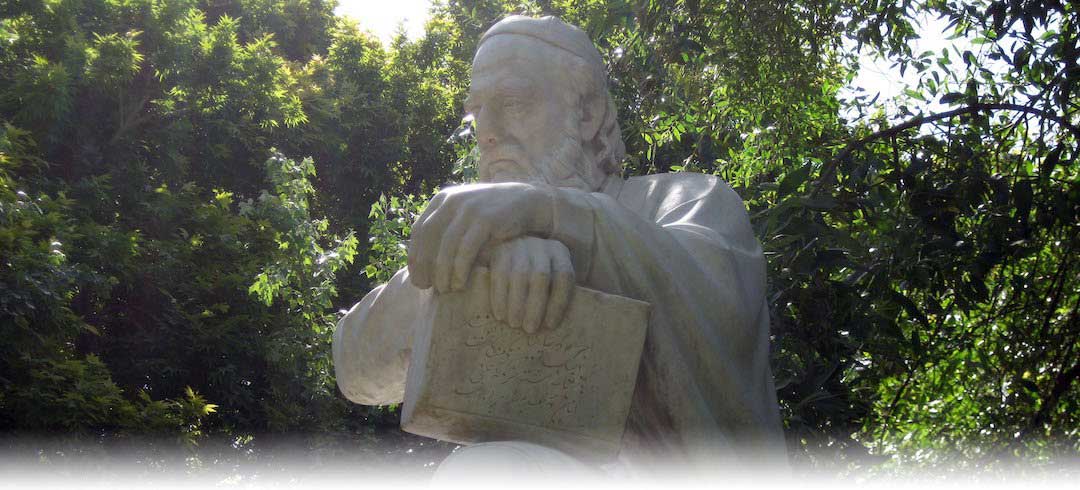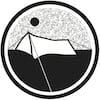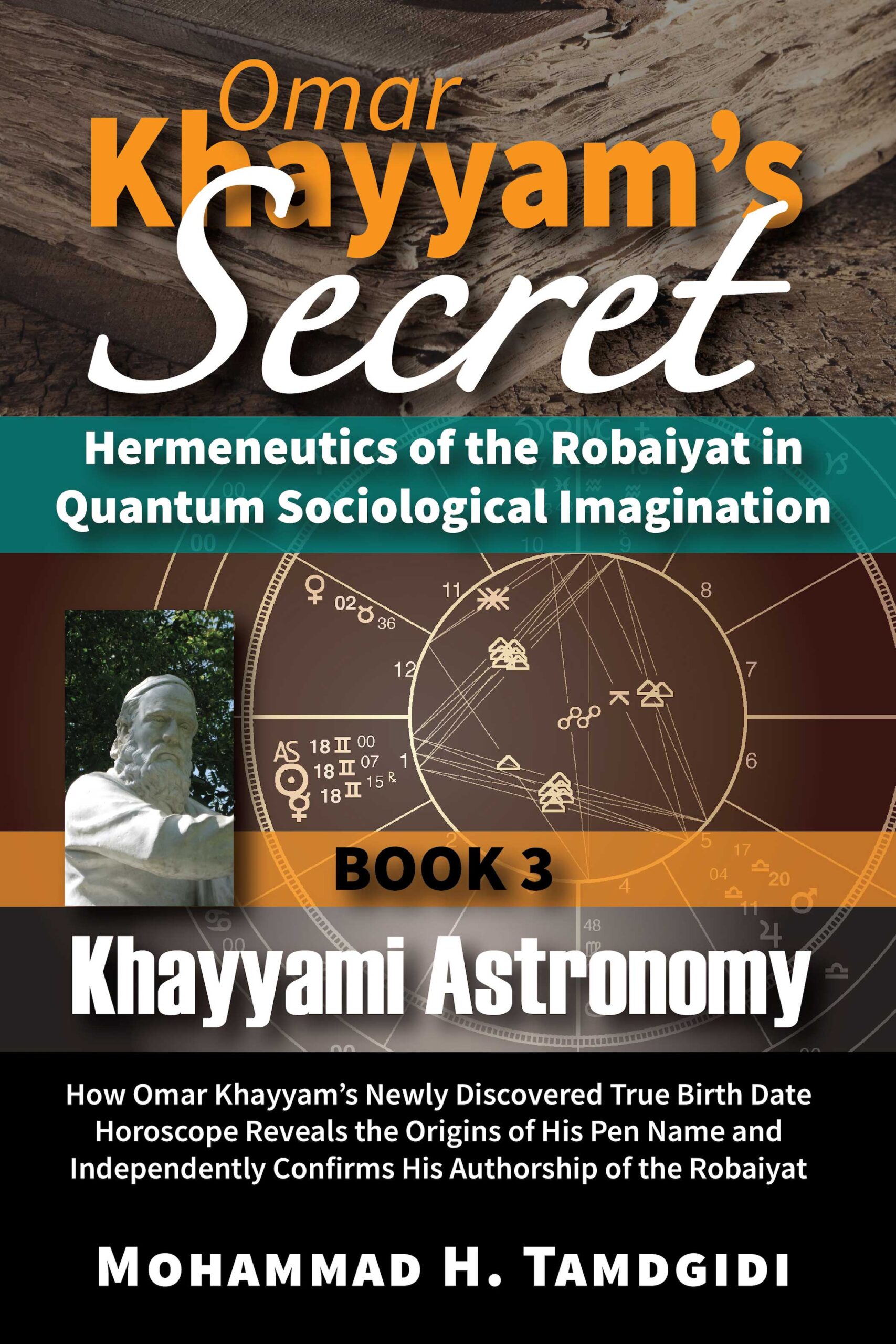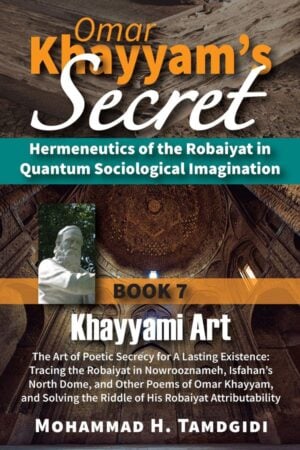Book Section: Preface and the Introduction to Book 3 of “Omar Khayyam’s Secret” Series: The Hermeneutic Significance of Omar Khayyam’s Newly Discovered True Birth Date Horoscope — by Mohammad H. Tamdgidi
$20.00
This book section includes the preface and and the introduction essays as described below. The essay titled “Book 3 Preface: Recap From Prior Books of the Series” is the opening and the essay titled “Introduction to Book 3: The Hermeneutic Significance of Omar Khayyam’s Newly Discovered True Birth Horoscope” is the introduction to the book Khayyami Astronomy: How the Newly Discovered True Birth Horoscope of Omar Khayyam Reveals the Origins of His Pen Name and Independently Confirms His Authorship of the Robaiyat, which is the third volume of the twelve-book series Omar Khayyam’s Secret: Hermeneutics of the Robaiyat in Quantum Sociological Imagination, authored by Mohammad H. Tamdgidi.
Description
Abstract
This book section includes the preface and and the introduction essays as described below.
The essay, titled “Book 3 Preface: Recap From Prior Books of the Series,” is an opening to the book Khayyami Astronomy: How the Newly Discovered True Birth Horoscope of Omar Khayyam Reveals the Origins of His Pen Name and Independently Confirms His Authorship of the Robaiyat, which is the third volume of the twelve-book series Omar Khayyam’s Secret: Hermeneutics of the Robaiyat in Quantum Sociological Imagination, authored by Mohammad H. Tamdgidi. It offers a summary, based on the section and chapter abstracts, of prior books of the series. The purpose of the preface is to provide the readers of the third book of the series a brief background about the major findings of the prior books.
In the overall series the author shares the results of his decades-long research on Omar Khayyam, the enigmatic 11th/12th centuries Persian Muslim sage, philosopher, astronomer, mathematician, physician, writer, and poet from Neyshabour, Iran, whose life and works still remain behind a veil of deep mystery. The purpose of Tamdgidi’s research has been to find definitive answers to the many puzzles still surrounding Khayyam, especially regarding the existence, nature, and purpose of the Robaiyat in his life and works. To explore the questions posed in the series, Tamdgidi advances a new hermeneutic method of textual analysis, informed by what he calls the quantum sociological imagination, to gather and study all the attributed philosophical, religious, scientific, and literary writings of Khayyam.
In the first book of the series, subtitled New Khayyami Studies: Quantumizing the Newtonian Structures of C. Wright Mills’s Sociological Imagination for A New Hermeneutic Method, following a common preface and introduction to the series, Tamdgidi developed the quantum sociological imagination method framing his hermeneutic study in the series as a whole. In the prefatory note he shared the origins of this study and how the study is itself a moment in the trajectory of a broader research project. In his introduction, he described how centuries of Khayyami studies, especially during the last two, have reached an impasse in shedding light on his enigmatic life and works, especially his attributed Robaiyat. The four chapters of the first book were then dedicated to developing the quantum sociological imagination as a new hermeneutic method framing the Khayyami studies in the series. The method builds, in an applied way, on the results of Tamdgidi’s recent work in the sociology of scientific knowledge, Liberating Sociology: From Newtonian Toward Quantum Imagination: Volume 1: Unriddling the Quantum Enigma (2020), where he explored extensively, in greater depth, and in the context of understanding the so-called “quantum enigma,” the Newtonian and quantum ways of imagining reality.
The second book of the Omar Khayyam’s Secret series, subtitled Khayyami Millennium: Reporting the Discovery and the Reconfirmation of the True Dates of Birth and Passing of Omar Khayyam (AD 1021-1123), was dedicated to exploring in depth the hitherto findings and controversies surrounding the dates of birth and passing of Omar Khayyam. The essay “Book 2 Preface: Recap From Prior Books of the Series,” served to provide the readers of this second book a brief background about the major findings of the prior boo of the series. In “Introduction to Book 2: The Dilemma and Significance of Omar Khayyam’s Dates of Birth and Passing,” the author explained how in recent decades, an uneasy consensus has emerged in Khayyami studies and public media regarding the dates of birth and passing of Omar Khayyam: Thursday, May 18, AD 1048, and on Friday, December 4th, AD 1131.
In the first chapter titled “Contributions, Inconsistencies, and Inaccuracies of Swāmī Govinda Tīrtha’s Findings Regarding Omar Khayyam’s Dates of Birth and Passing,” the author began by noting how, as a part of his book The Nectar of Grace: Omar Khayyām’s Life and Works, published in 1941, the Indian scholar Swāmī Govinda Tīrtha tried to resolve longstanding doubts about Omar Khayyam’s dates of birth and passing, his approach and findings subsequently contributing in a significant way to the uneasy consensus held today in the world regarding those dates. The author demonstrated in the chapter that there is absolutely no defensible grounds for considering Wednesday, May 18, AD 1048 to be Khayyam’s birth date. For all practical purposes, Iran and the world are celebrating Khayyam’s birth on the wrong date.
Tamdgidi devoted the second chapter titled “In Search of the Correct Gemini Degree: The Story of How Omar Khayyam’s True Date of Birth Was Discovered Shortly Before Its Imminent Millennium,” to a search for Khayyam’s true date of birth. He discovered that there was one, and only one, date between years AD 1018 and AD 1055 that definitively fulfilled all the requirements of Khayyam’s reported horoscope, including the degree of the Ascendant, when considering a degree of the Gemini in which the horoscope’s Cazimi/Ascendant conjunction must fall. This date was, in the Gregorian calendar, June 10, AD 1021, at sunrise, Neyshabour’s time. Tamdgidi therefore stated that, based on the findings, the renderings of the horoscope of Omar Khayyam as reported by Beyhaqi in his Tatemmat Sewan el-Hekmat (Supplement to the Chest of Wisdom) should be corrected to accurately state the Gemini degree to be 18.
The third chapter was titled “In Search of Omar Khayyam’s True Date of Passing: Superposing the Birth Date Findings With Beyhaqi’s ‘Tatemmat Sewan el-Hekmat’ And Khazeni’s ‘Mizan ol-Hekmat,’” the fourth titled, “Searching More for Omar Khayyam’s True Date of Passing: Superposing the Birth Date Findings With the Prevalent Manuscript Copy of Nezami Arouzi’s ‘Chahar Maqaleh,’” and the fifth and last chapter, titled “Omar Khayyam’s True Date of Passing Discovered and Reconfirmed: Superposing the Birth Date Findings With All “Tarabkhaneh,” “Chahar Maqaleh,” And “Tatemmat Sewan el-Hekmat” Accounts.’” In the course of the explorations the author discovered that not only a living contemporary of Khayyam, a close pupil in reverence, had in his older copies of his manuscript Chahar Maqaleh acknowledged Khayyam as the author of the Robaiyat, but also that by way of a superposed study of all the above sources, we can verifiably confirm, based on the most reliable texts, that Khayyam died, on a mathematically and calendrically precise day of his birth, June 10, AD 1123, closing the circle of coming and going of his life as not only a lunar, but also a solar centenarian, completing his solar age, 102.
The author then plans on the third book which is devoted to a close examination of Omar Khayyam’s newly discovered true birth date horoscope, and what information its hermeneutic study can offer for understanding Khayyam’s life and works, especially the origin, nature, and the purpose of his Robaiyat.
The essay, titled “Introduction to Book 3: The Hermeneutic Significance of Omar Khayyam’s Newly Discovered True Birth Horoscope,” is the introduction to the book Khayyami Astronomy: How the Newly Discovered True Birth Horoscope of Omar Khayyam Reveals the Origins of His Pen Name and Independently Confirms His Authorship of the Robaiyat, which is the third volume of the twelve-book series Omar Khayyam’s Secret: Hermeneutics of the Robaiyat in Quantum Sociological Imagination, authored by Mohammad H. Tamdgidi.
The central question Tamdgidi aims to explore in this third book of the series may simply be expressed as follows: Is there more to Khayyam’s horoscope? In other words, we have so far considered Khayyam’s horoscope as a means of conveying information about his date of birth. But, aside from that, the author asks, is there more to it that may be relevant to understanding Khayyam’s life and works? In fact, one may even raise the flip side of the above question, one that we should be (also) asking in the first place: Was Khayyam’s sharing of his birth horoscope actually intended primarily for offering a date of birth, or was it meant to be an astrological key to open a door to certain information about himself?
Therefore, the author argues that the very nature of the hermeneutic method as he is applying to this inquiry requires the consideration of astrology and people’s astrological ways of making sense of their lives in private and broader public social and historical contexts. One does not have to be an astrologist or a believer in astrology to find it necessary as a social scientist to conduct hermeneutic analyses of people’s lives and times when and where persons believed, or thought others believed if they themselves did not entirely, in astrology as a significant way of making sense of their lives.
If we approach the study with a closed-mind, already made up that astrology is simply irrelevant because we, living today (or at least some of us), consider it an outdated, a magical, or merely an entertaining way of knowing the world or ourselves, we would be imposing our own bias on the subject from without in an a priori fashion, and not letting the process of investigation itself show the extent to which astrological considerations are relevant, or not, to the research at hand. In other words, it would be unscientific not to consider and explore the relevance of astrology to a hermeneutic study such as this research.
In any case, there are different ways of incorporating astrological matters into hermeneutic analyses such as this being conducted on the life and works of Omar Khayyam. Tamdgidi notes that he certainly does not wish and intend to turn this third book’s exploration into an exercise in mere astrological speculation as such, similar to what Swāmī Govinda Tīrtha did in his book The Nectar of Grace (1941).
The scientific way of going about this is to not prejudge the matter one way or another in advance but to let the course of our exploration itself run its course. If we do so, that is to explore for ourselves whether astrological considerations offer nothing rather than perhaps something, then we commit ourselves to a hermeneutic astrological, and not merely an astrological, study of his birth horoscope.
Recommended Citation
Tamdgidi, Mohammad H. 2021. “Preface on the Origins of and Introduction to the Series: The Enigmatic Omar Khayyam and the Impasse of Khayyami Studies.” Pp. 1-29 in Omar Khayyam’s Secret: Hermeneutics of the Robaiyat in Quantum Sociological Imagination: Book 3: Khayyami Astronomy: How Omar Khayyam’s Newly Discovered True Birth Date Horoscope Reveals the Origins of His Pen Name and Independently Confirms His Authorship of the Robaiyat. (Human Architecture: Journal of the Sociology of Self-Knowledge: Vol. XVI, 2021. Tayyebeh Series in East-West Research and Translation.) Belmont, MA: Okcir Press.
Where to Purchase Complete Book: The various editions of the volume of which this Book Section is a part can be ordered from the Okcir Store and all major online bookstores worldwide (such as Amazon, Barnes&Noble, Google Play, and others).
Read the Above Publication Online
To read the above publication online, you need to be logged in as an OKCIR Library member with a valid access. In that case just click on the large PDF icon below to access the publication. Make sure you refresh your browser page after logging in.








